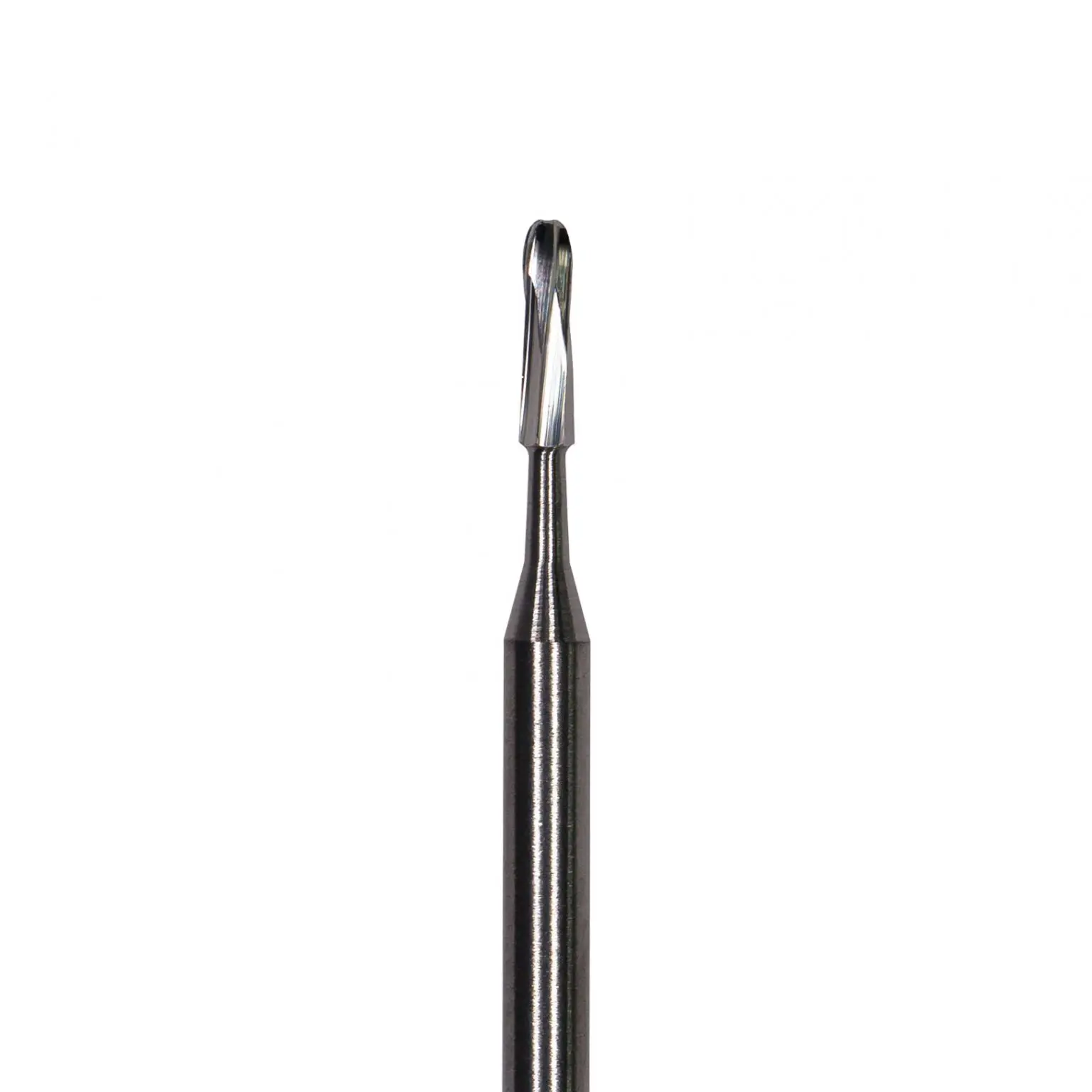Minimally invasive dentistry (MID) represents a paradigm shift from traditional methods, emphasizing the preservation of healthy tooth structure while efficiently treating dental issues. At the heart of MID lies the dental bur, a pivotal tool that has evolved in complexity and sophistication. This article delves into the crucial role dental burs play in minimally invasive practices, exploring their types, materials, technological advancements, and the influence of skilled craftsmanship in their application.
1. Introduction to Minimally Invasive Dentistry
● Definition and Principles
Minimally invasive dentistry is defined by its focus on disease prevention and the retention of original tooth structures. This approach prioritizes early detection, promoting treatments that maintain the maximum amount of healthy tissue. By applying conservative techniques, MID aims to minimize discomfort for patients while maintaining optimal oral health.
● Importance in Modern Dental Practices
Incorporating MID into modern dentistry has significantly altered the landscape of dental procedures. The increasing awareness of patients about preserving their natural oral structures has propelled the demand for such techniques. MID not only ensures effective treatment outcomes but also enhances patient satisfaction by reducing post-operative discomfort.
2. Evolution of Dental Burs
● Historical Perspective
Dental burs have a rich history, evolving from primitive stone-age tools to the precise instruments used today. Their development mirrors the advancements in dental practice, moving from manually operated instruments to high-speed rotary devices that provide unmatched precision and efficiency.
● Advancements in Design and Materials
With time, dental burs have evolved in design, featuring various shapes and sizes to cater to specific dental procedures. Additionally, material advancements have played a critical role in enhancing the durability and performance of these tools. From steel to diamond-coated burs, these innovations have significantly impacted their efficiency in clinical settings.
3. Types of Dental Burs
● Classification by Shape and Size
Dental burs come in various shapes, including round, pear, and cylindrical, each designed for specific tasks such as cavity preparation or caries removal. Sizes vary to accommodate different procedures and patient needs, ensuring versatility and precision.
● Specific Uses for Each Type
The diversity in bur shapes and sizes allows for their application in a wide range of dental treatments. Round burs are ideal for caries removal, whereas cylinder burs are often used for finishing and polishing restorations. This specificity enhances their utility and precision in clinical settings.
4. Role of Dental Burs in Caries Removal
● Techniques for Efficient Caries Extraction
Dental burs are integral to the process of caries removal, allowing practitioners to excise decayed tissue with precision. The use of high-speed rotary burs facilitates the removal of carious dentin efficiently, minimizing the impact on surrounding healthy structures.
● Benefits over Traditional Methods
Compared to traditional caries removal methods, dental burs provide numerous advantages, including reduced procedure time and improved patient comfort. Their precision reduces the risk of damaging healthy tissue, aligning perfectly with the principles of minimally invasive dentistry.
5. Precision and Control in Treatment
● Enhancing Accuracy with Modern Burs
Advancements in dental bur technology have enhanced the accuracy and control dentists exert during procedures. High-speed, precision-engineered burs operate smoothly, reducing the margin for error and improving clinical outcomes.
● Impact on Patient Comfort and Outcomes
The application of precise dental burs not only improves procedural efficiency but also enhances patient comfort. By reducing the necessity for invasive methods, these tools align with patient-centered care principles, promoting quicker recovery and higher satisfaction rates.
6. Materials Used in Dental Burs
● Common Materials and Their Properties
Dental burs are crafted from various materials, each contributing distinct properties. Tungsten carbide offers durability and precision, while diamond-coated burs provide superior hardness for cutting through tough materials. These material choices significantly influence the effectiveness and longevity of the burs.
● Influence on Durability and Performance
The choice of materials impacts both the performance and lifespan of dental burs. High-quality materials ensure that the burs remain sharp and effective over multiple uses, maintaining their role as essential tools in minimally invasive dentistry.
7. Innovations in Dental Bur Technology
● Latest Technological Advancements
Recent technological innovations have revolutionized the design and functionality of dental burs. Developments such as multi-axis grinding technology have refined the cutting precision of these tools, making them more effective and reliable in clinical applications.
● Future Directions in Bur Development
The future of dental bur technology is poised for further advancement, focusing on enhanced precision, reduced wear, and versatile applications. Continued research and development efforts aim to further align these tools with the evolving needs of minimally invasive dentistry.
8. Minimally Invasive Techniques and Outcomes
● Case Studies and Success Stories
Numerous case studies highlight the successful implementation of minimally invasive techniques using dental burs. These stories underscore the effectiveness of preserving natural tooth structure while ensuring comprehensive treatment.
● Comparison with Conventional Methods
When compared to conventional methods, minimally invasive techniques using dental burs offer superior results. Patients experience less discomfort, shorter recovery times, and longer-lasting restorations, validating the shift towards these modern practices.
9. Training and Skill in Using Dental Burs
● Importance of Professional Training
The effective use of dental burs requires professional training and skill development. Dentists must be adept at handling these tools to maximize their benefits, emphasizing the need for ongoing education and practice.
● Best Practices for Skill Development
To master the use of dental burs, practitioners must engage in continuous learning and skill refinement. Training programs and workshops focusing on the latest techniques and technologies are essential for maintaining high standards in dental care.
10. Conclusion: The Future of Dental Burs
● Emerging Trends in Dental Tools
The dental industry continues to witness emerging trends that redefine the role of tools in treatment. Innovations in dental bur technology are at the forefront, driving the evolution of minimally invasive practices and enhancing clinical outcomes.
● Predictions for Minimally Invasive Dentistry
The future of minimally invasive dentistry holds promise for further advancements that will continue to prioritize patient-centered care. As technology advances, the integration of innovative tools like modern dental burs will play a pivotal role in shaping patient experiences and treatment effectiveness.
At the heart of this advancement is Jiaxing Boyue Medical Equipment Co., Ltd., a leading manufacturer in dental rotary cutting tools. Leveraging 5-axis CNC precision grinding technology, Boyue specializes in creating high-quality dental burs and files. Their commitment to precision and reliability positions them as pioneers in developing innovative solutions for the dental industry, offering products that enhance the practice of minimally invasive dentistry worldwide.

Post time: 2025-04-21 17:47:03


